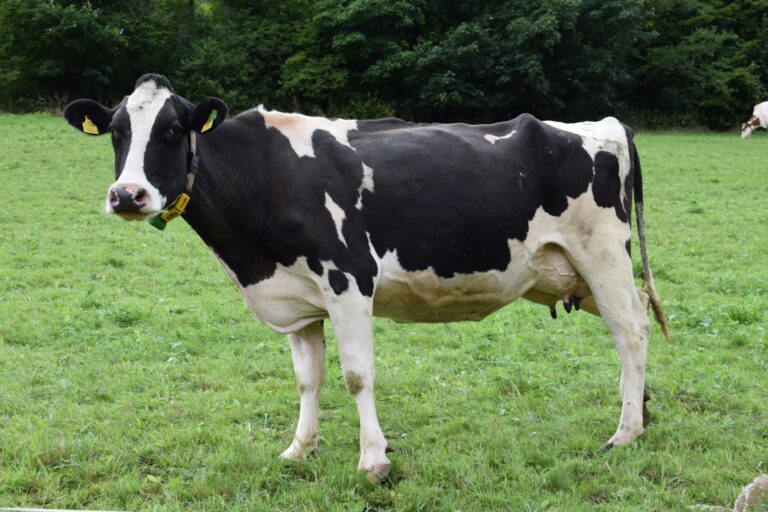Project Description
Over the last 5 years, there has been a rapid increase in the amount of oat milk purchased in the UK, now making up 50% of milk alternatives and worth £146.8 million. For many people, oat milk is used to replace cow’s milk and is often preferred for its environmental benefits due to the reduction of greenhouse gas emissions associated with dairy production. The ultimate outcome of this change in consumer choice will be to reduce the number of dairy cows, and so also the production of the powerful greenhouse gas methane. Much of the oat milk drunk in the UK is currently imported, so the UK is exporting its potential greenhouse gas emission reductions, and also any associated environmental trade-offs. To better understand the wider implications of converting to oat milk, increased production of oats within the UK should be considered. The aim of the current project is to examine the impact of producing oat milk instead of cow’s milk within the UK, estimating the potential for oat milk production in different areas and assessing the impact that conversion from cow’s milk might have on land use, fertilizer use, the carbon stocks of soils, water use and greenhouse gas emissions relative to the nutrition provided.
The project will
- Examine trends in oat milk consumption in the UK, quantifying the oats needed and estimating the projected requirements for oats over the next 10 years. This will account for feedbacks in the system due to reductions in the use of oats as animal feeds.
- Compile a spatially explicit database of the potential yields of oats across the UK. This will draw on soils and climate databases as well as existing trials on oats and, farming records and bioclimatic envelope modelling for current and future climate.
- Develop possible land use scenarios for producing the oats required to meet the existing and projected demand. Different scenarios will be developed, specifying different environmental, farming and land use aspirations through sets of rules; for example whether areas currently under grassland can be used to grow oats.
- Estimate changes in fertiliser use, water use, soil carbon stocks and greenhouse gas emissions associated with the different scenarios using a combination of dynamic simulation models and recommended management practices.
- Assess changes in the nutritional benefits associated with a hectare of land of producing dairy or oat milk in different regions across the UK.
CANDIDATE BACKGROUND
Essential:
- Degree at 2.1 level or above,
- Good numerical skills.
Desirable:
- MSc at commendation or distinction level,
- Some experience with computer modelling
Photo by Screenroad on Unsplash
Supervisors
Pete SmithPrimary Supervisor: | Profile: Pete Smith Email: pete.smith@abdn.ac.uk Institution: University of Aberdeen Department/School: School of Biological Sciences |
Nigel ScollanSecondary Supervisor: | Profile: Nigel Scollan Email: Nigel.Scollan@qub.ac.uk Institution: Queen's University, Belfast Department/School: School of Biological Sciences |
Additional Supervisor: |
University of Aberdeen, Rowett Institute Interdisciplinary Centre for Health, Wellbeing & Nutrition Email: j.macdiarmid@abdn.ac.uk |
Jo SmithAdditional Supervisor: | Profile: Jo Smith Email: jo.smith@abdn.ac.uk Institution: University of Aberdeen Department/School: School of Biological Sciences |
Paul N. WilliamsAdditional Supervisor: | Profile: Paul N. Williams Email: p.williams@qub.ac.uk Institution: Queen's University, Belfast Department/School: School of Biological Sciences |
Additional Supervisor: |
Queen’s University, Belfast Email: R.Mcguire@qub.ac.uk |
QUADRAT Themes
- environmental-management






















































